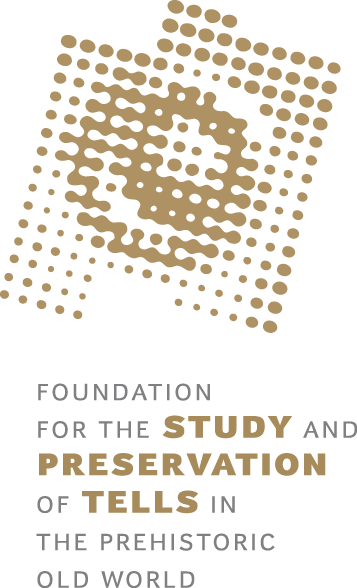
Our Mission
Funding
FUNDED PROJECTS
Donations
Who We Are
Life After the Tells: Radiocarbon Dating Late Bronze Age Sites in the Maklár Region (NE Hungary)
Ákos Mengyán (Budapest, Hungary)
The abandonment of Middle Bronze Age tell settlements in the Carpathian Basin (according to the Hungarian chronology, c. 2000/1900–1600/1500 BC) has traditionally been described as a rapid historical event caused by the immigration and “conquest” of the Tumulus culture, invading from Central Europe. Instead, recent studies suggest that several reasons could have played an important role in the development of the Tumulus culture in the Eastern part of the Carpathian Basin, including, but not limited to the regional and local transformations of Middle Bronze Age communities, low-scale migration from north-western direction, the spread of new social customs and funerary practices, and climate changes.
This new pan-European cultural phenomenon became widespread within a few decades, but included regional diversity that could be originating from the previous local cultures. The Tumulus culture spread through vast areas in Central Europe, but it is important to investigate smaller regions in order to understand this cultural change. This is specifically true in the Eastern Carpathian Basin, where the material of the Tumulus culture began to appear in the so-called Koszider period and most long-lived tell settlements were abandoned around 1600/1500 BC. Thus, the absolute dating and detailed analysis of Middle and Late Bronze Age sites is crucial to interpret this period, because some scholars have assumed that the abandonment of the tell sites led to depopulation.
Therefore, this one-year project focuses on the Northern Great Hungarian Plain, specifically on the Maklár microregion, where four Middle to Late Bronze Age sites are known within a few square kilometres. Firstly, the Middle Bronze Age tell settlement of Maklár-Baglyashalom, situated on a slight elevation on the left bank of the Rima stream, analysed in the BORBAS project. Maklár-Koszpérium, located on a small, natural mound on the right bank of the Eger stream, where around 130 cremation graves of the Tumulus culture were excavated in the 1960s. Furthermore, Maklár-Nagyrét II is situated on a low plateau at the right bank of the Eger stream. Here, 210 Bronze Age cremation burials were excavated in 2021 and 2022, dated to the Tumulus culture, along with a small part of a Late Bronze Age settlement. Finally, a small part of a Bronze Age settlement was excavated on Maklár-Nagyrét, 300 metres to the west of Maklár-Koszpérium, the site being assigned to the Piliny culture, based on pottery finds.
In this project, the above mentioned Late Bronze Age sites of the Tumulus and Piliny culture groups, Maklár-Nagyrét, Maklár-Nagyrét II. and Maklár-Koszpérium, are analysed by AMS radiocarbon dating, in order to investigate the life after the abandonment of the Middle Bronze Age tell sites in this region. Therefore, this analysis can provide information about the first appearance of Tumulus culture sites in Maklár, based on radiocarbon dates. Thus, it will be possible to build an absolute chronology for the Late Bronze Age, Tumulus and Piliny pottery style, and we will be able to investigate the continuity or discontinuity of habitation in Maklár. The aim of this research is twofold: firstly, it will shed light on the temporal depth of the analysed Late Bronze Age sites, and it will be also possible to better understand the chronological relation of the sites and dating the Tumulus and Piliny style pottery. Secondly, the absolute dates will help to interpret the abandonment of the tell site, Maklár-Baglyashalom, and its relation to the following Late Bronze Age groups.
The project funded will be part of a PhD programme that will cover the archaeological aspects of the Maklár sites and materials, i.e. burial rites, grave goods and ceramic technological analysis. It will be the base for subsequent scientific research, such as radiocarbon dating. Apart from the funding obtained from the FSPT, the technological analysis of the LBA settlement materials is supported by a New National Excellence Program of the Ministry for Culture and Innovation by the National Research, Development and Innovation Fund.

